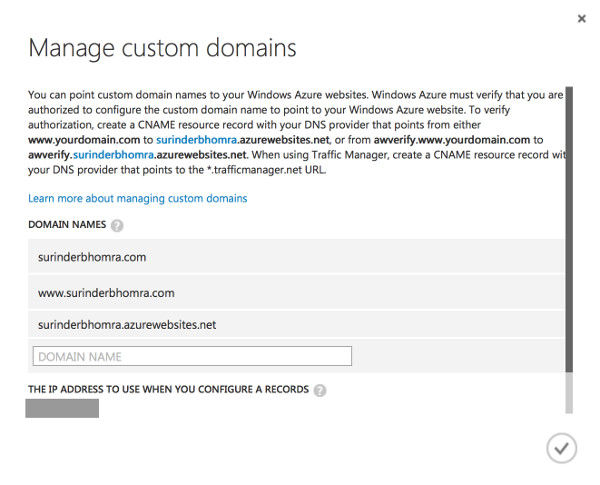WARNING! I may sound like an absolute hypocrite when the contents of this post is compared to my earlier post on first impressions of the Prismic.io platform. So here we go...
I am starting to encounter increasingly longwinded and somewhat frustrating stumbling blocks during the development of a Prismic.io powered website due to lack of basic development related features. Fundamental features that should already be there from the start.
I understand that Prismic.io is a new platform and is still in its infancy, but not having something simple as a time attribute to a date field is unforgivable (which I will explain later).
The idea behind Prismic.io is to empower the developer and gives them the tools to manage the content anyway they want. Sounds great! But how can developers like myself be empowered when the tools that are provided are not up to scratch.
So I have picked a few things lacking in the Prismic.io platform. I'll probably add some more on completion of the project I'm working on.
1) Sorting By Date/Time
Now you'd think if you have a date field, a time field would be not too far away. Wrong! A document only contains a date format field that shows a calendar on selection. This works for general use. But what if you have numerous articles written in a day that are displayed on a page in descending order and you wish to move an article higher up the page? There is no time field to allow for this.
By default when using date ordering, two things happen:
- All documents are ordered by the date value defined in the document.
- If multiple documents added within a day, they are then ordered by the time it was added in Prismic.
For me, this was a pain.
2) Non-match predicate
Sometimes, you want the ability to exclude documents from a query. In my case, return a list of authors except for one or two. Since Prismic.io predicate language is lacking a "not" operator I had to return a full list of authors and carry out the filtering at application level.
In the grand scheme of things, this isn't a massive flaw. I can see this becoming an issue when you need to exclude items from a larger dataset. It would be faster to do this at Prismic level than application level.
3) Where's the "OR" Operator?
No really, I would like to know!
4) No Required or Validation Fields
It is not possible to make fields compulsory or implement any form of validation. Therefore, up to the developer to make sure suitable checks are put in place where null or incorrect values are present.
To me, this seems a little bit backwards and you're solely relying on the editors to ensure the all data is correct and complete.
5) WYSIWYG Editor Improvements
As I stated in my previous post, that one of main deciding factors to why I used Prismic over Contentful was its easy to use WYSIWYG editor. I still stand by this point. It seems to offer a mish-mash of features that feel very intelligent and basic at the same time.
The WYSIWYG functionality is based on a StructuredText field type, flexible enough to allow an amalgamation of different content, such as embedded object (from social websites), paragraphs, images, etc.
On the surface, StructuredText is really nice to work with but then all of a sudden you encounter a key missing feature: blockquote! The only way I could get around this is by getting editors to insert custom mark up around any text for transformation into a blockquote at application level, like so:
[BlockQuote][Hello. I would like to blockquote this text please.]
This was just the start. There were other instances where further customisation had to be made to meet the editors requirements.
I have to quote Paul Dijou here (link at bottom of post) for describing the additional changes he too had to make in a very theatrical manner:
A writer wanted to have blockquotes: a whole paragraph should be displayed in a custom design and have an author. I had to kill him really fast and bury his body deep. Another one wanted semantic distinction between paragraphs, something like: this one should be red and this one blue just because. Thrown him into a bucket full of piranhas.
6) Technical Support
A platform or technology can only ever be as successful as the infrastructure present to support it. Without it, cracks will form. Currently, there is only one place you can ask a question: https://qa.prismic.io. It's definitely no StackOverflow. You really have to hope and pray for someone to answer your question promptly.
7) Convoluted Production Workflow
There will come a time when additional changes to a live site will be required. Whether it be modifications to a field or addition for a new document. All these changes will have to happen on the live Prismic repository. There is no development > stage > live workflow.
It would be nice to have the ability to duplicate repositories and push new releases.
Thankfully, someone has already raised this. I don't see this addition happening anytime soon.
Summary
My intention is not to give a very negative impression of the Prismic.io platform. It will most likely meet your content management needs. However, it does have its faults and unless modifications are made to some of the points raised from others in their Q&A forum and my post, I will have to question whether I use it again on a project by project basis. It's a CMS platform that just falls short of the mark.
I recommend reading the following blog post written by Paul Dijou, describing his own experiences working with Prismic: http://platformpauldijou.fr/blog/2014/07/17/prismicio-when-happiness-met-disappointment.
NOTE: If I have stated something that I have got completely wrong due to a lack of understanding. Let me know and I'll take everything back! :-)








